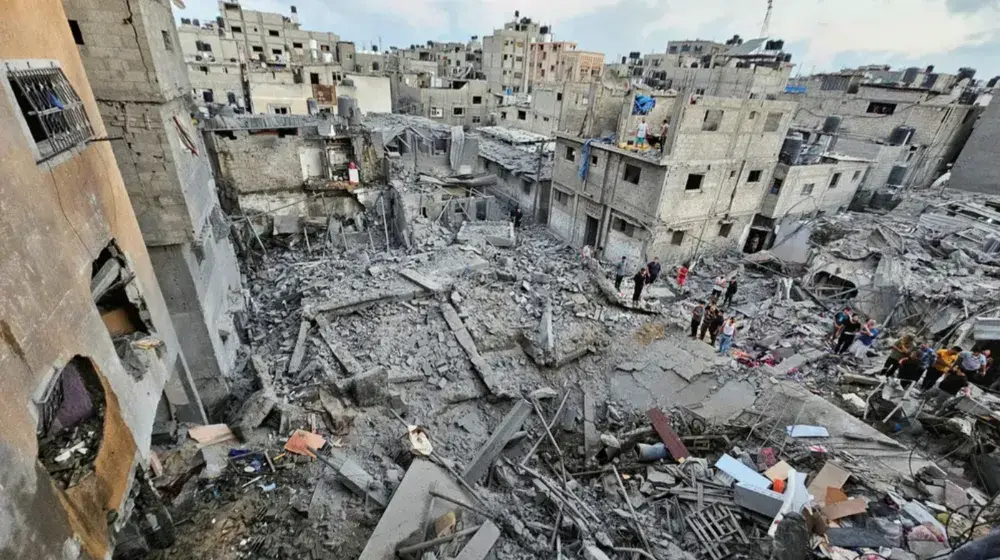Photos
Living Through Typhoon Odette
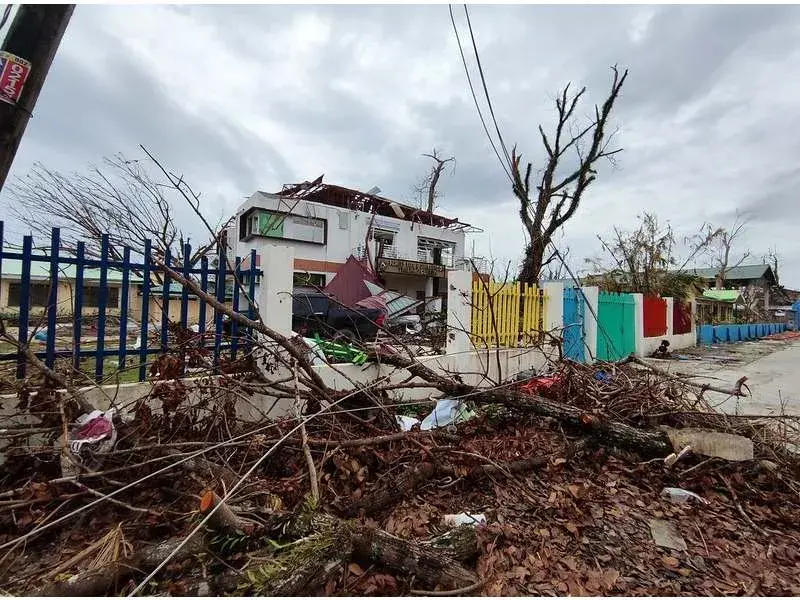
On 16 December 2021, Super Typhoon Rai (local name Odette) made its first landfall in Surigao Province before passing through Visayas and Mindanao, with maximum sustained winds of 195 km/h and gustiness of 260 km/h. It was the third strongest storm ever recorded in the Northern Hemisphere. Ⓒ UNFPA Philippines
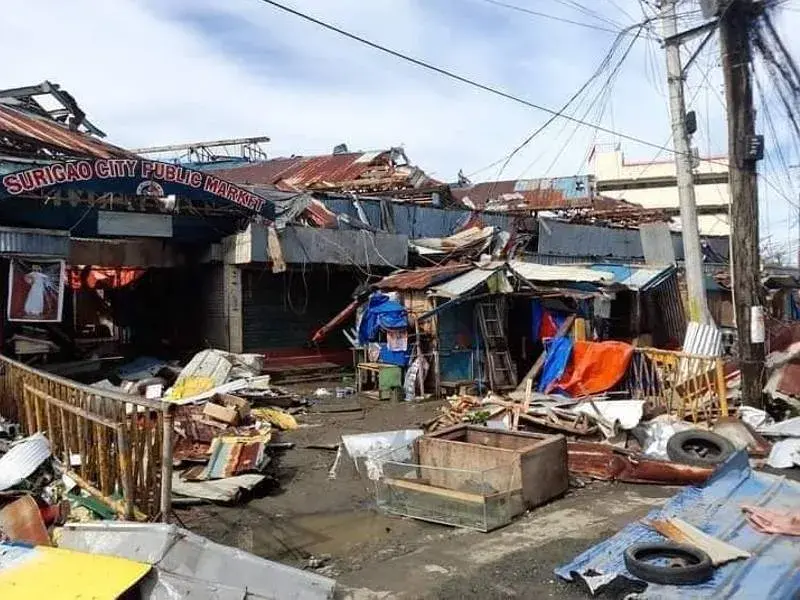
Over seven million people were affected by the typhoon, with many losing access to food, water, and electricity, cut off from their main sources of livelihood. Ⓒ UNFPA Philippines
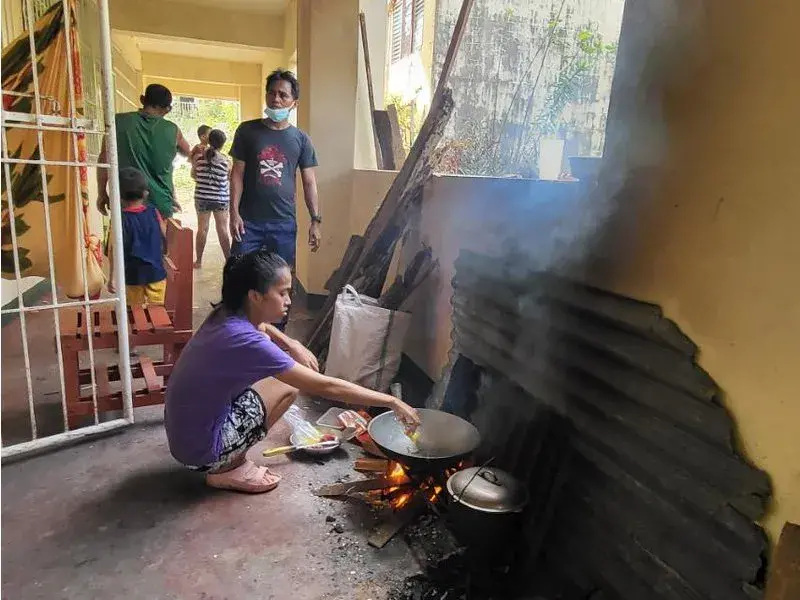
Over 600,000 people were displaced from their homes, moving into makeshift evacuation centers with very little space or privacy. Of the 600,000, an estimated 5,000 were pregnant. Ⓒ UNFPA Philippines
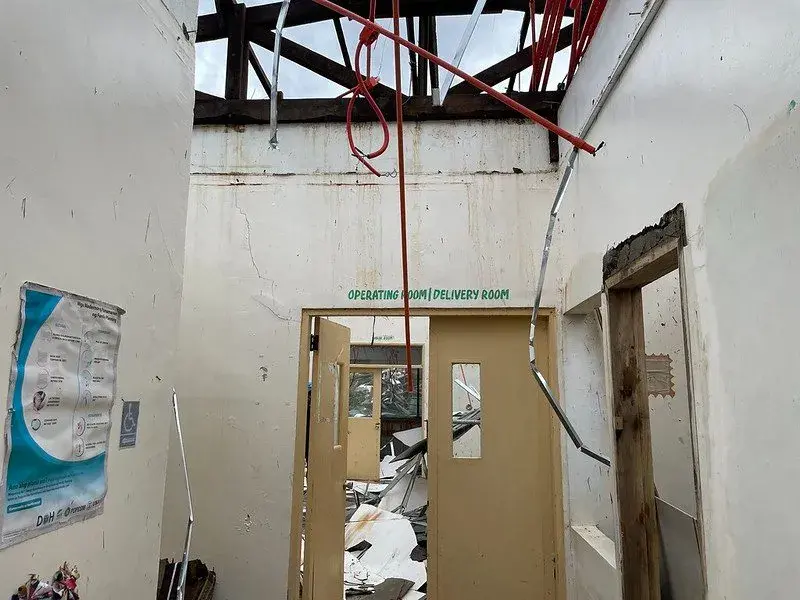
Barangay Health Units, which are traditional sites for women to access family planning commodities, remain heavily damaged. Women in the area expressed fear over unwanted pregnancies due to the lack of family planning services. Adolescent pregnancy is expected to increase. Ⓒ UNFPA Philippines
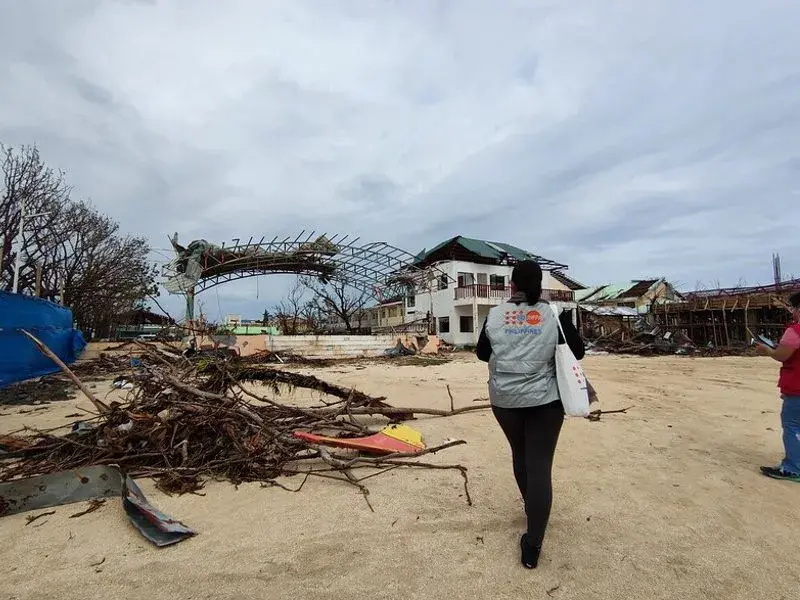
Trained UNFPA staff were immediately deployed to the field, surveying the destruction and assessing the urgent need for GBV, maternal, and sexual reproductive health services. Ⓒ UNFPA Philippines
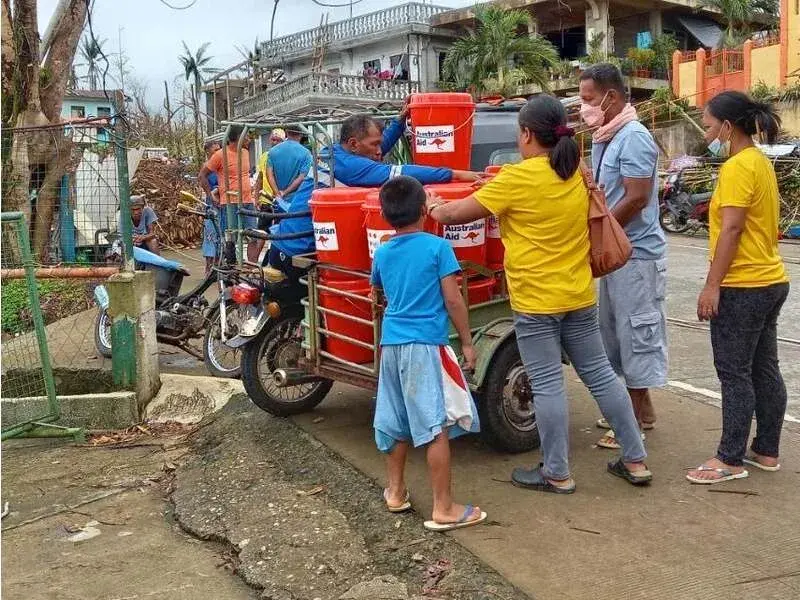
UNFPA deployed its first wave Emergency Maternity Tent Facilities, Women-Friendly Space tent sets, dignity kits, maternity packs, solar radios, and reproductive health kits to Typhoon-hit communities on December 23, acquired through the generous contribution of its partners such as Australia’s Department of Foreign Affairs and Trade (DFAT). Ⓒ UNFPA Philippines
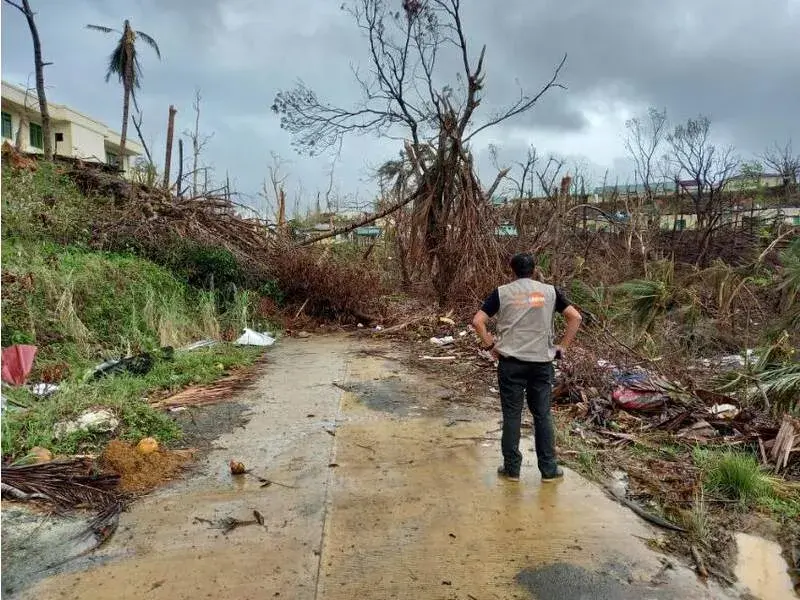
The supplies arrived at hard-hit locations on 27 December, in spite of challenges in transportation due to impassable roads. Ⓒ UNFPA Philippines
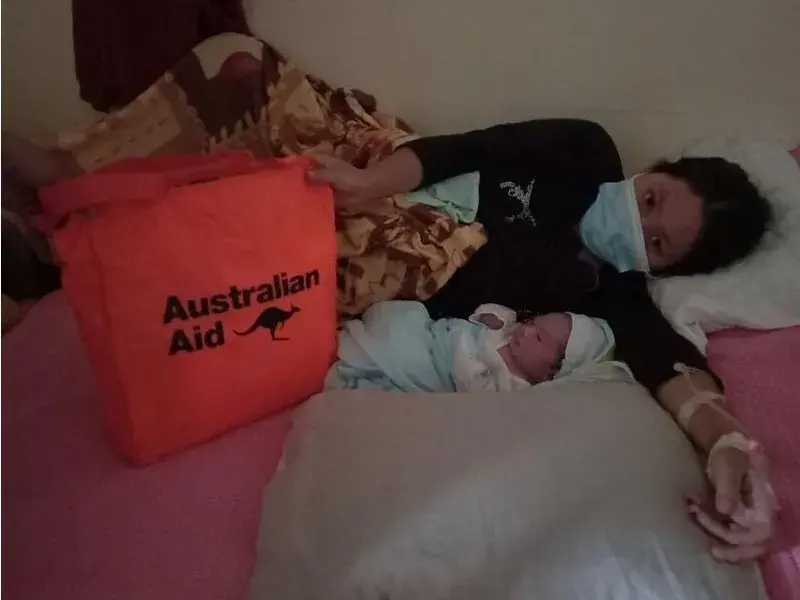
Twenty-year-old Jane was heavily pregnant when the roof of her home was split open by a coconut tree during Typhoon Odette. She was turned away by several birthing facilities when she went into labor several days afterwards, all heavily damaged by the storm.
She eventually gave birth at a facility 20 kilometers away. UNFPA staff were at the facility, which was provided with supplies acquired through the generous contribution of Australia’s Department of Foreign Affairs and Trade (DFAT), to ensure the safe delivery of her child. Ⓒ UNFPA Philippines
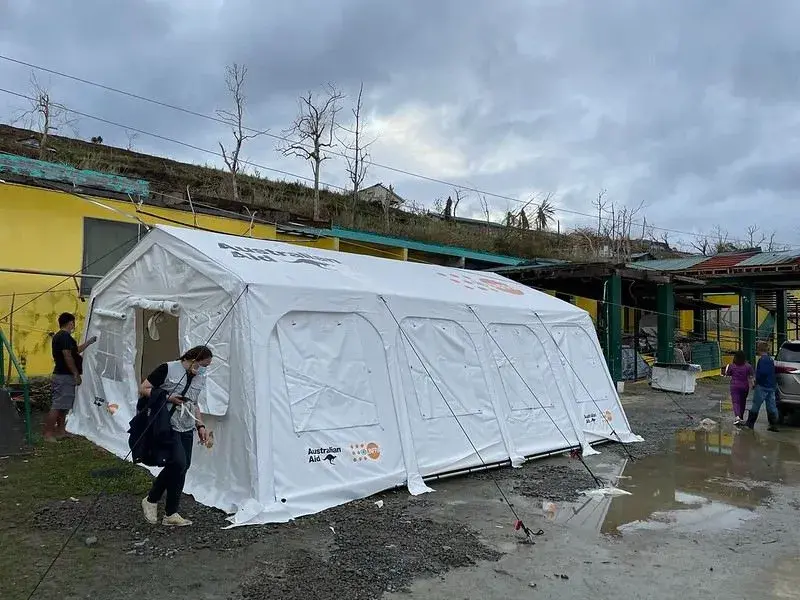
A maternity tent stands ready to receive women in labor in front of Dinagat District Hospital, which sustained heavy damage during the typhoon. The tent was one of several acquired through the generous contribution of Australia’s Department of Foreign Affairs and Trade (DFAT). Ⓒ UNFPA Philippines

One month onward, a majority of the affected population are still in need of food supplies, potable water, and access to electricity and communication lines. Women, children, and adolescent girls are left exposed, facing a higher risk of Gender-Based Violence (GBV). Ⓒ UNFPA Philippines
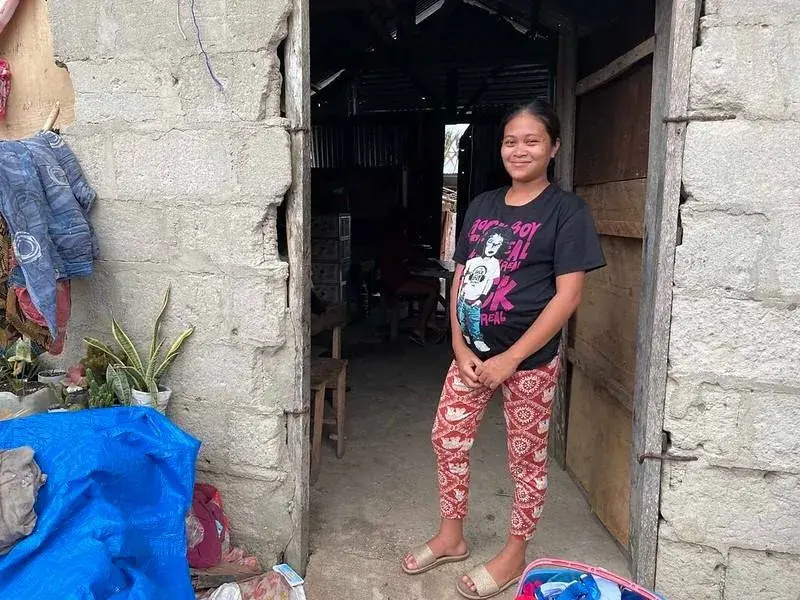
Twenty-three year old Jolina is eight months pregnant, and expects to travel 50 kilometers to give birth at Siargao Island Medical Center. The birthing center nearest her, like so many others, remains heavily damaged from the Typhoon. Burgos municipality, where she lives, sustained some of the heaviest damage from the Typhoon. It will take an estimated six months to restore electricity in the most severely-affected areas. Thanks to the generosity of our partners and donors, and in collaboration with the Philippine government, UNFPA was in the field providing essential, life-saving GBV and SRH services to the most devastated areas hit by Typhoon Odette. But more needs to be done, and we need your help. USD $12 million is needed in the next six months to ensure that we continue reaching the millions of women and girls who need us most. Ⓒ UNFPA Philippines



